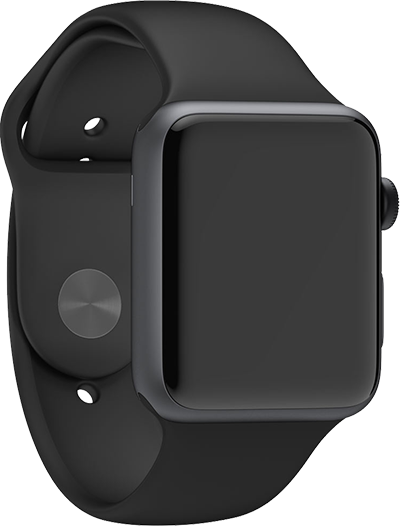There are two steps to learn Katakana letters on the app
Katakana having it up my watch

Check the details on WatchAware
What is it about?
There are two steps to learn Katakana letters on the app. The one is to practice a single Katakana letter, which is focused on how to write and how to pronounce each letter. The other is to practice Japanese word written in Katakana letters, which is focused on how to compose Katakana letters to build a meaningful Japanese word. As you see, a single Katakana letter has no meaning. Katakana letters are only supposed to make sense if they are composed to build a Japanese word. On the practice page of Japanese word, you can see both English word and Japanese word written in Katakana letters.
App Store Description
There are two steps to learn Katakana letters on the app. The one is to practice a single Katakana letter, which is focused on how to write and how to pronounce each letter. The other is to practice Japanese word written in Katakana letters, which is focused on how to compose Katakana letters to build a meaningful Japanese word. As you see, a single Katakana letter has no meaning. Katakana letters are only supposed to make sense if they are composed to build a Japanese word. On the practice page of Japanese word, you can see both English word and Japanese word written in Katakana letters.
Here is an example.
Let’s say, if you want to say that you ate an omelet. If you only use Hiragana to write this, it would be
(A) わたし は おむれつ を たべた [watasi wa omuretu wo tabeta].
Then, if you replace some words with Kanji character, it would be
(B) 私 は おむれつ を 食べた [watasi wa omuretu wo tabeta].
And then, if you replace an imported word with Katakana, it would be
(C) 私 は オムレツ を 食べた [watasi wa omuretu wo tabeta].
Even though the face of (C) is different from the face of (A) and (B), all of them are exactly the same meaning. What is difference between (A) and (B) is that 2 words are replace to Kanji characters. And, what is difference between (B) and (C) is that 1 word is replace to Katakana characters.
- わたし or 私, means [ I ].
- おむれつ or オムレツ, means [ omelet ].
- たべた or 食べた, means [ ate ].
If you see a sentence (C), you will notice that there are still some Hiragana letters left and wonder why these letters are still written in Hiragana. The answer to your question is that these are the letters that are not replaceable to Kanji and Katakana letters.
Lastly, I would like you to feel like having a bit of Katakana letters up your Apple Watch, as the saying goes, "have something up one's sleeve."
AppAdvice does not own this application and only provides images and links contained in the iTunes Search API, to help our users find the best apps to download. If you are the developer of this app and would like your information removed, please send a request to takedown@appadvice.com and your information will be removed.